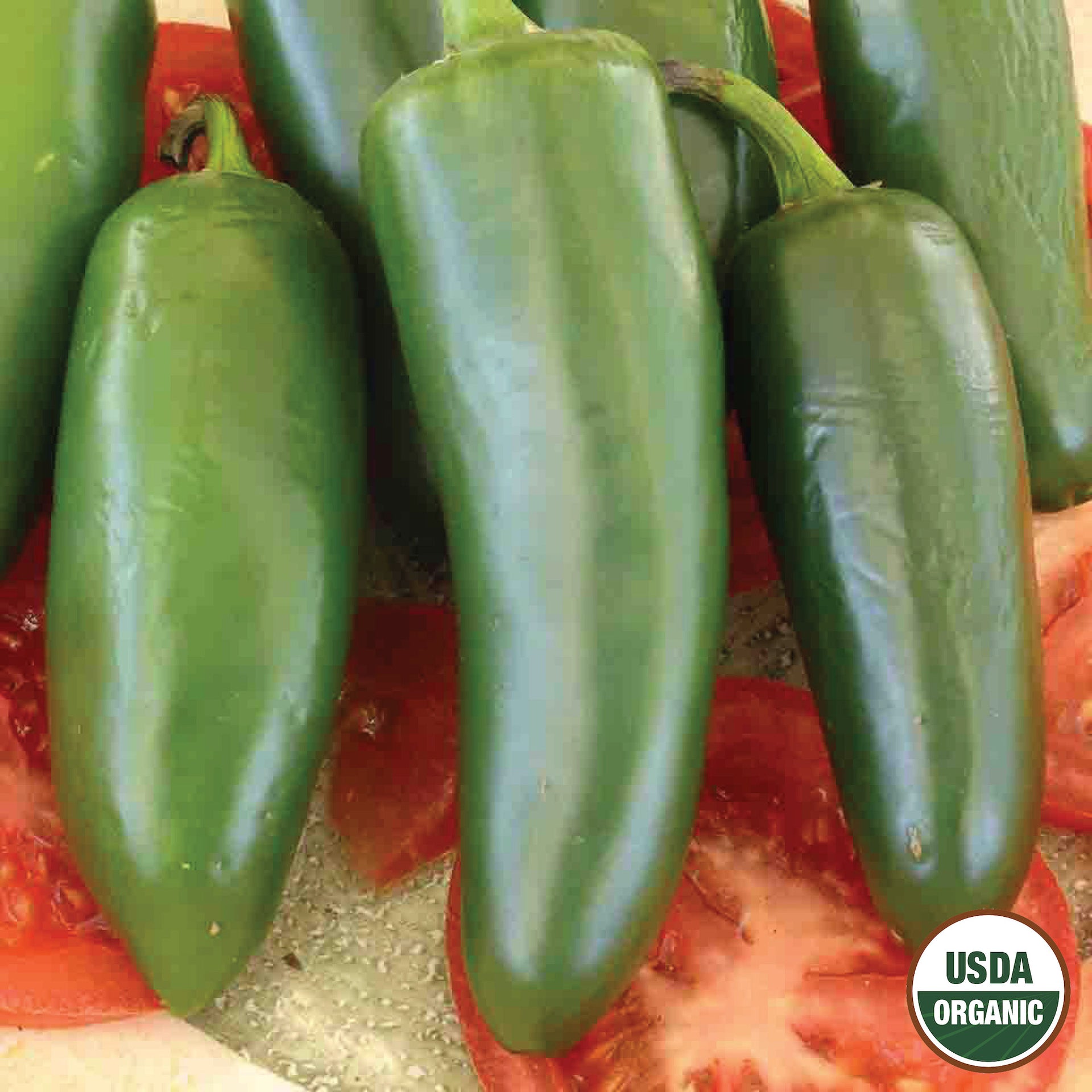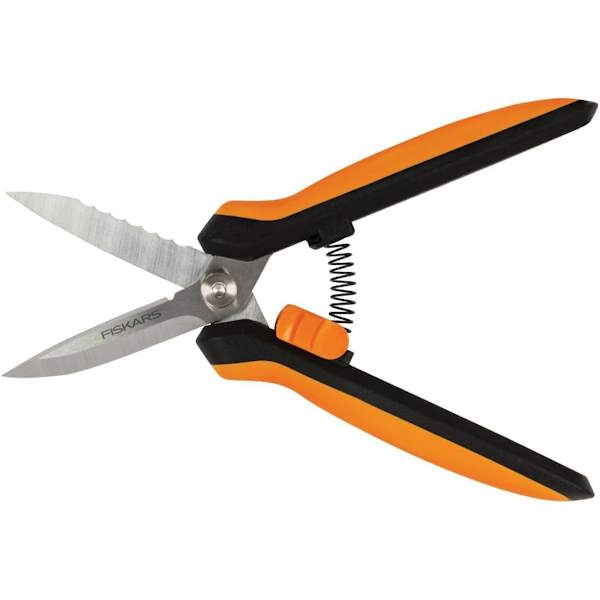How to grow serrano peppers – for a spicier alternative to jalapenos, ideal for hot sauces and salsas
All you need to know about growing serrano peppers, from sowing to harvesting
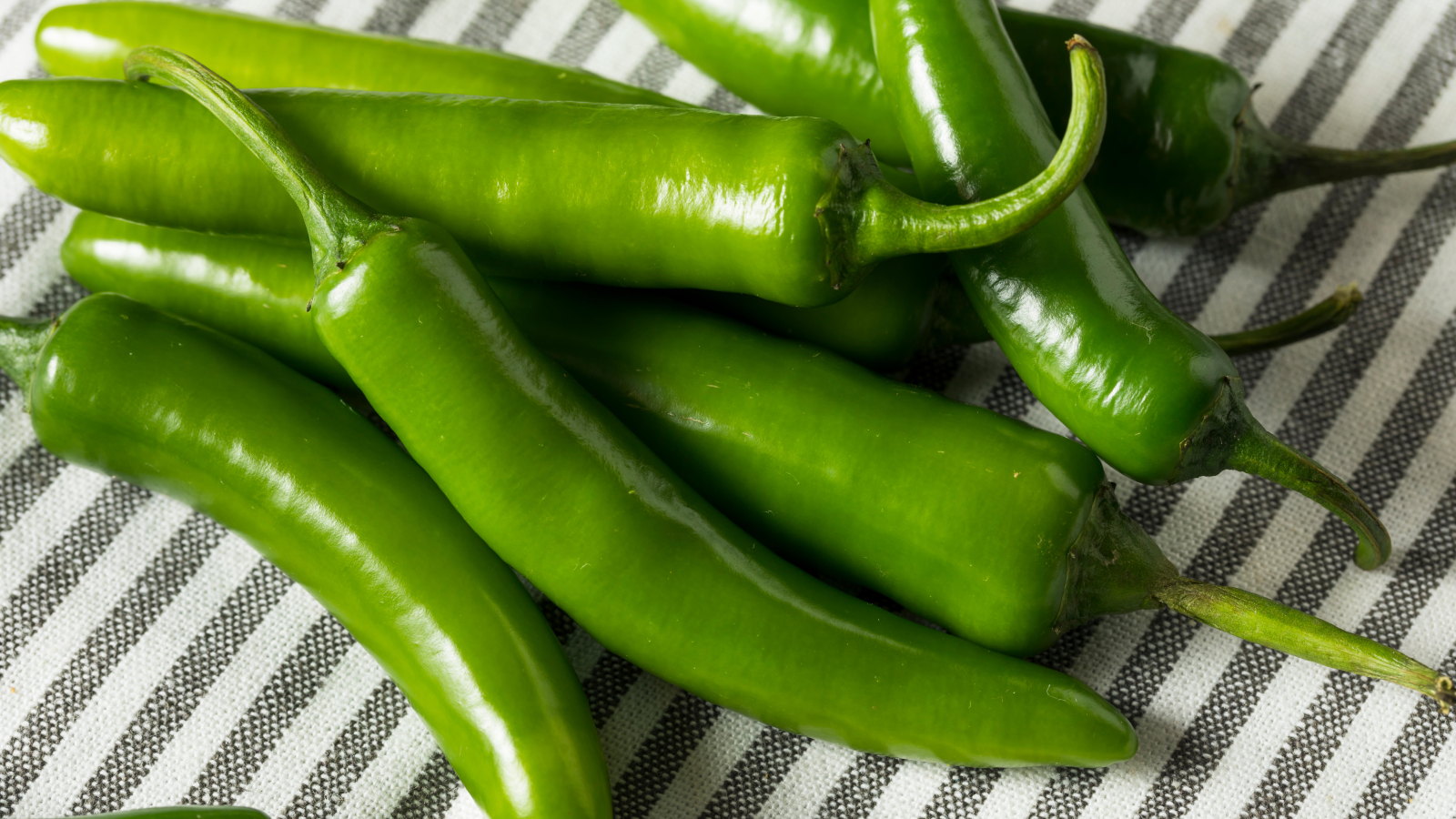
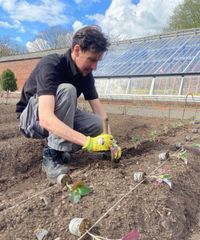
The serrano pepper is a very popular chili in Mexican cuisine, second only to jalapenos. It offers a little more spice than the jalapeno, measuring 10,000 to 25,000 Scoville heat units, without being overpowering. If you want to discover an ideal pepper for salsas or hot sauces, this guide looks at how to grow serrano peppers.
Serrano peppers (Capsicum annuum) come from two states in Mexico, Puebla and Hidalgo. The fruits are long, thin, and commonly harvested when green, however, they can be yellow, orange, red, or brown if left to mature on the plant.
If you are looking to grow chili peppers with a bit of an extra kick than the commonly-grown jalapeno peppers, then serranos may fit the bill. This guide looks at how to grow serrano peppers from sowing to harvesting, complete with expert tips for planting and maintaining serranos for the best harvest.
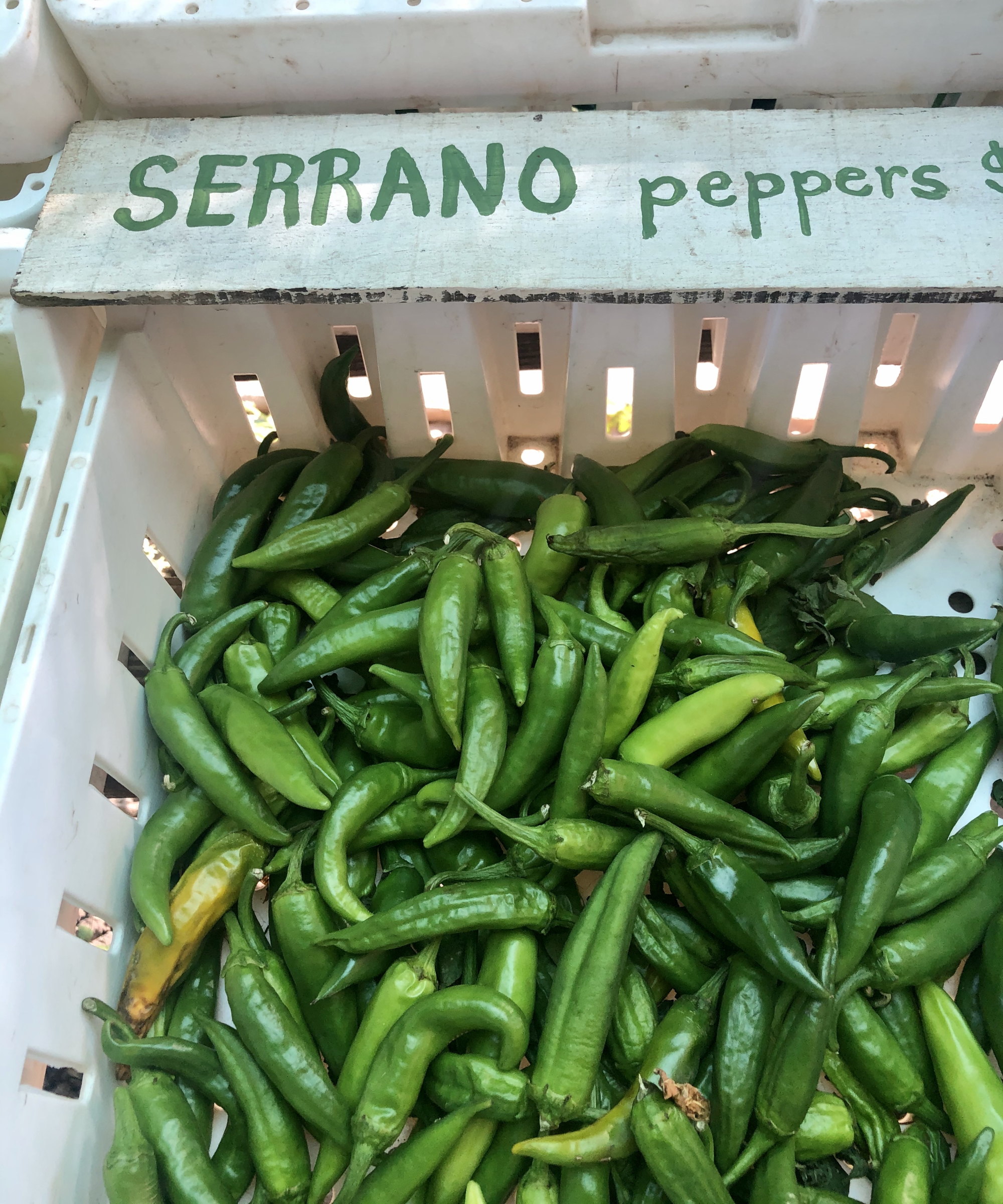
Where and how to grow serrano peppers
Serrano peppers are no more difficult to grow than any other type of chili pepper. The secrets to success are good timing, the right location, and proper care – and we cover all those bases below.
Where to grow serrano peppers
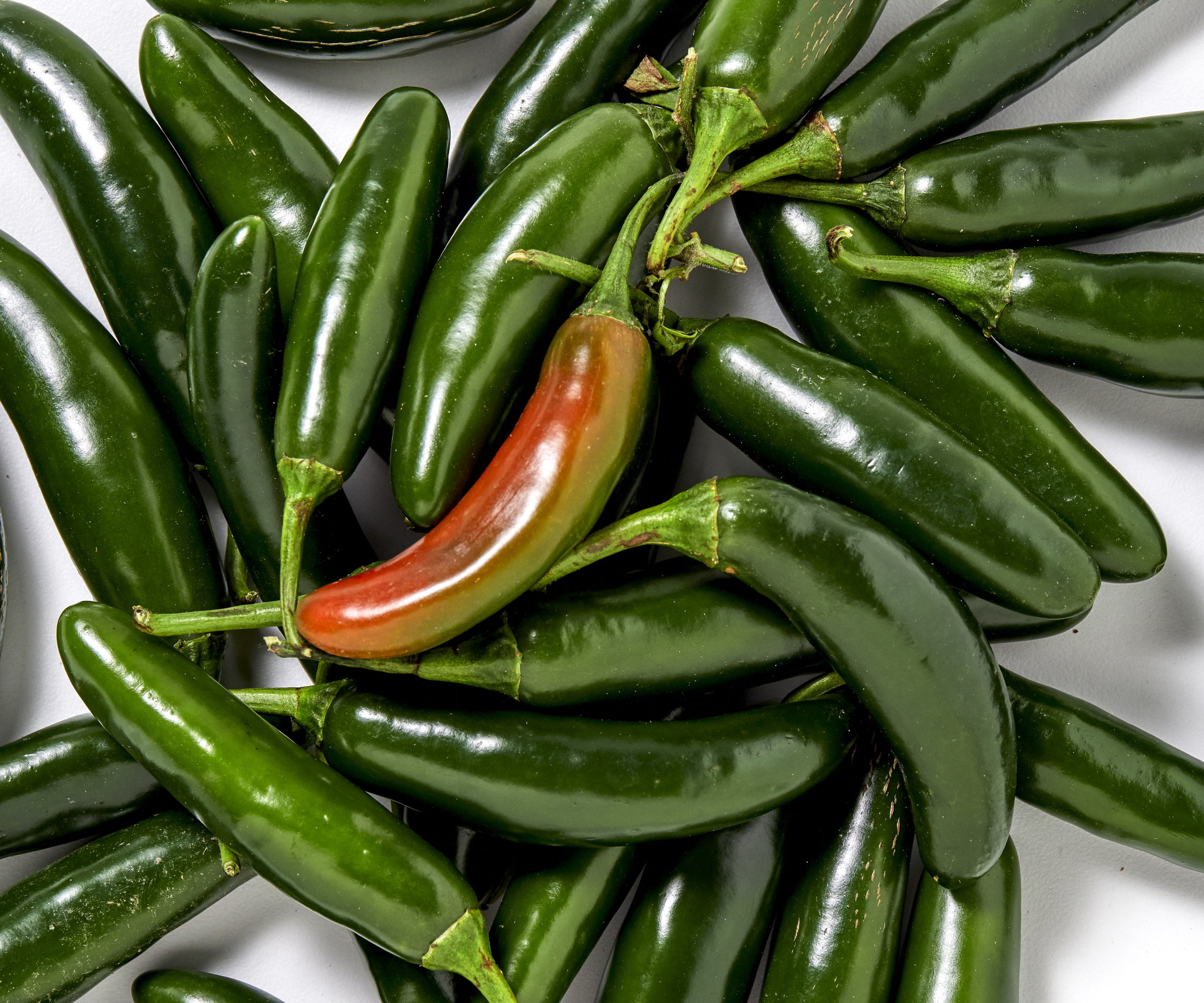
Serrano peppers thrive in full sun, and giving them a warm and sunny planting spot helps guarantee healthy plants and a great harvest. The plants can be grown indoors in a greenhouse in cooler climates, or outdoors in the ground in warmer US hardiness zones.
As for what makes an ideal planting spot, Rebecca Sears, resident green thumb at Ferry-Morse, claims: 'I always recommend picking the sunniest spot in your garden that receives at least 6 to 8 hours of direct light each day.'
The plant expert also advocates for serrano peppers wanting to grow in 'rich, well-drained soil', adding: 'If your garden tends to hold water, raised beds or large containers with quality soil mix can make a big difference.'
Design expertise in your inbox – from inspiring decorating ideas and beautiful celebrity homes to practical gardening advice and shopping round-ups.
Adding some homemade compost, or other organic matter, including well-rotted manure or leaf mold, when planting vegetables will help to enrich the soil and help boost drainage. Any newly-planted peppers will thrive with the nutrients from the organic matter.
Alternatively, if you don’t have compost, manure, or leaf mold, you can add organic, balanced, slow-release fertiliser at planting time, which will boost any soil type, such as this organic all-purpose 5-5-5 plant food available at Burpee.

As CMO and resident green thumb for the Green Garden family of brands, Rebecca Sears nurtures the company's heritage but also looks to develop new products and solutions to help gardeners of all skill levels fuel their passion and become more successful in the garden. Rebecca has been gardening from coast to coast, first realizing her passion while living in Portland, Oregon, inspired by the public gardens throughout the city.
How to grow serrano peppers from seeds
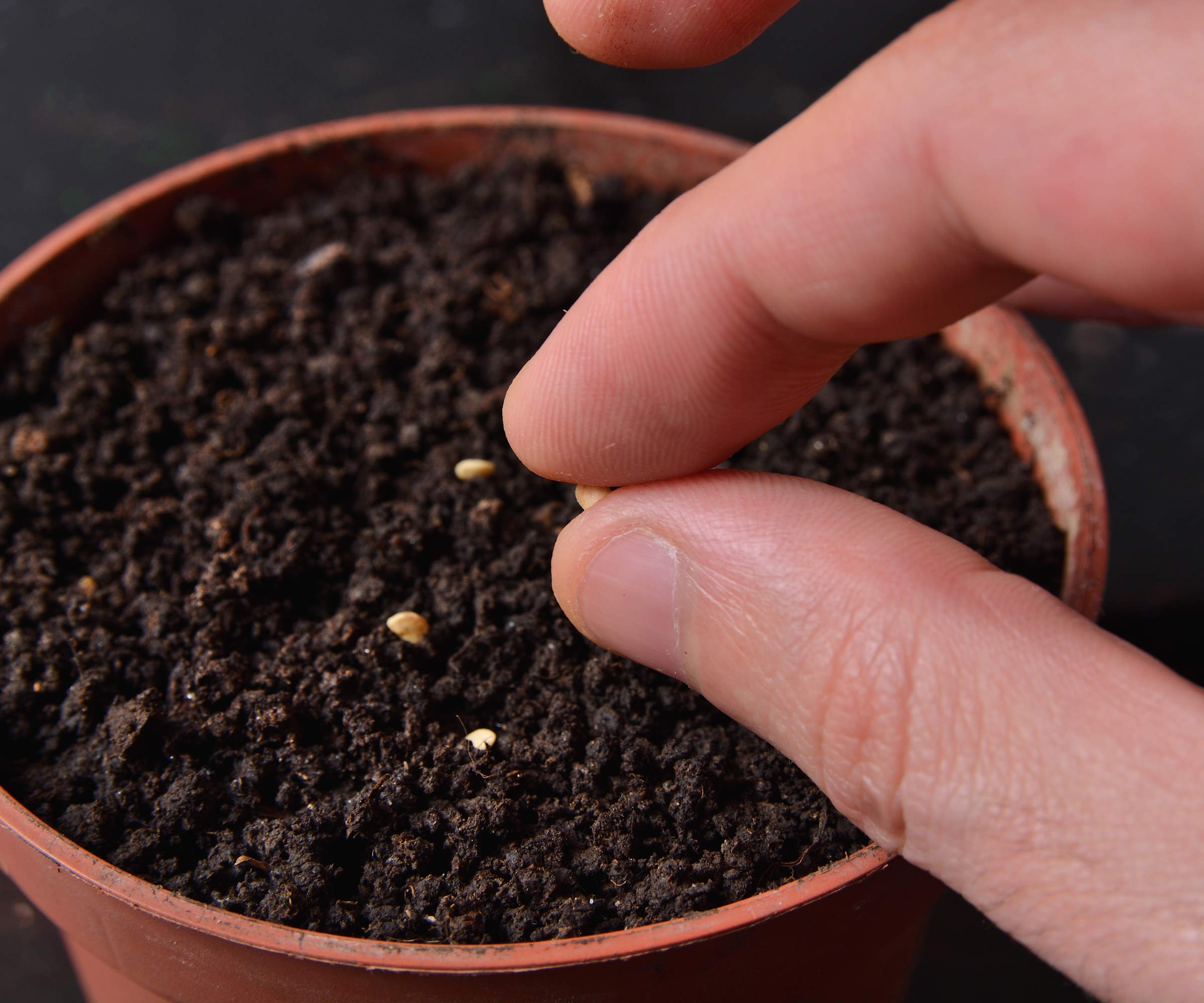
Serrano peppers, like all pepper varieties, have a long growing season. It is beneficial to sow seeds indoors early in spring to get ahead and have plants ready to go outdoors once the soil warms.
Start seeds 8-10 weeks before your last frost date. Sow seeds into individual pots or large modules filled with a potting soil for starting seeds, and place them somewhere bright and warm.
Serrano pepper seeds germinate strongly at temperatures above 75°F, so consider using a heated propagator or heat mat to provide additional warmth. They also ideally want 10-12 hours of daylight, so LED grow lights may be required to supplement natural levels earlier in spring.
Keep the soil moist, but not waterlogged, and the seedlings should emerge within a few weeks. The seedlings want to remain in a warm and bright environment (a lack of light can cause leggy seedlings) and may need potting up into larger pots.
'Once the nights have warmed up and your soil’s holding steady above 60°F, that’s your cue to start hardening them off and then transplant seedlings outside,' says Rebecca Sears. 'Peppers tend to hate the cold, so don’t rush it.'
Plant serrano pepper plants at least 18 inches apart so they have the space to mature to full size, and there is adequate air circulation to prevent diseases.
Serrano pepper plant care tips
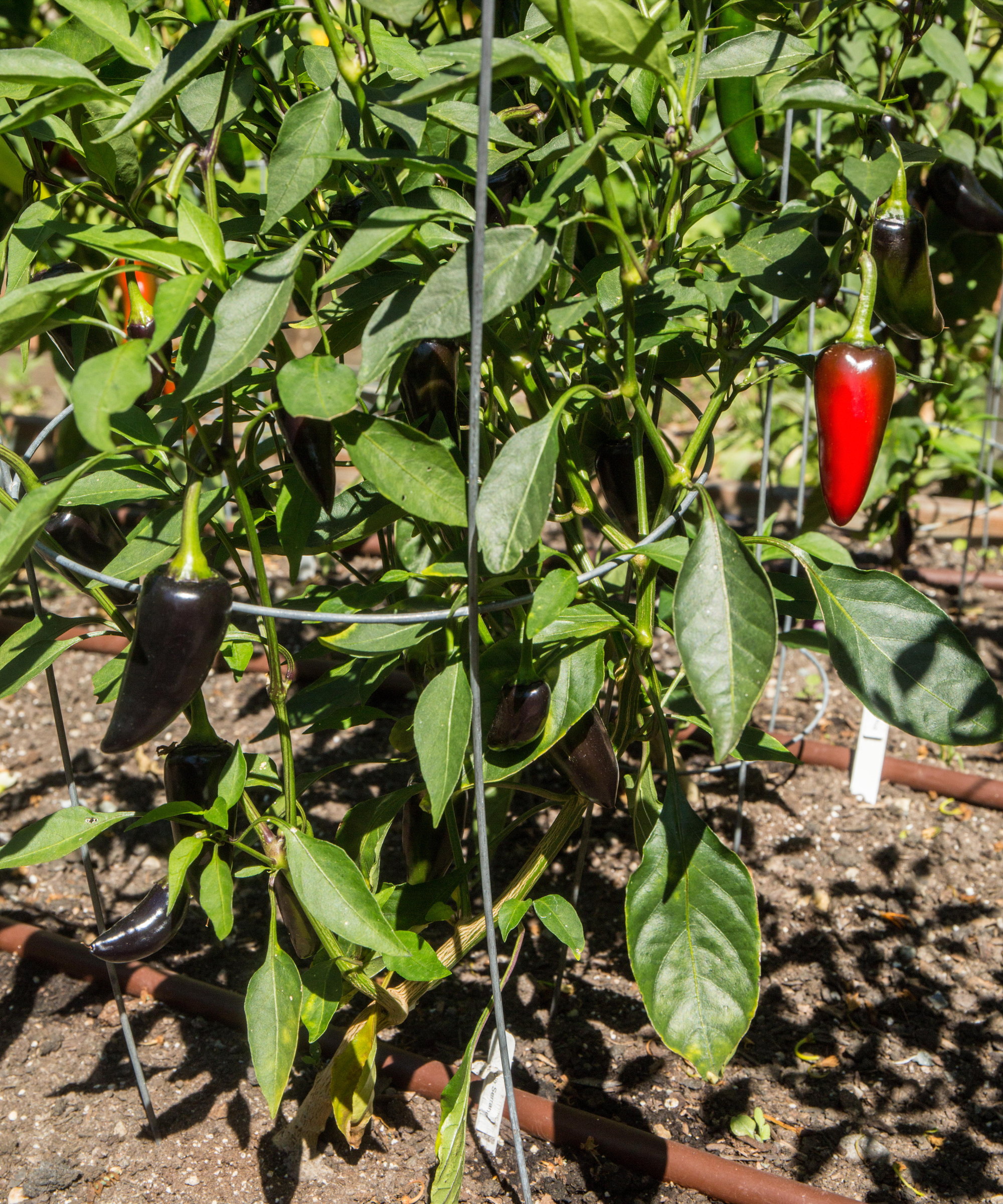
Watering
Regular watering is crucial when you grow serrano peppers for good development and the formation of fruit and flowers. Plants like consistently moist conditions, especially when flowering and fruiting, and will likely need watering at least weekly during the season.
Check the soil a few inches under the surface with your finger or a soil moisture meter, available at Amazon, and if the soil feels dry, it is time to water the plants. Mulching around plants with compost or straw can help to retain moisture in the soil and protect the roots from the hot summer sun.
Fertilizing
Serrano peppers will benefit from regular fertilizing through the growing season to provide nutrients for healthy growth and developing and ripening fruits. Rebecca Sears from Ferry Morse recommends 'consistent, moderate feeding' from the seedling stage to early fruiting.
'A slow-release, granular feed provides a steady supply of nutrients without overloading nitrogen, helping promote strong root systems, lush foliage, and early flower production,' says the plant expert. 'Apply it every 3–4 weeks by lightly mixing it into the soil around the plant’s base and watering well.
'As the plants begin to flower and set fruit, you can continue using it or alternate with a bloom-focused fertilizer slightly higher in phosphorus and potassium to boost pepper production.'
Always avoid high-nitrogen feeds when you fertilize chili plants, as it can lead to lots of lush foliage development at the expense of fruits and flowers.
Staking
Serrano pepper plants can grow anywhere from 2-5 feet tall, and each plant can produce large numbers of peppers. Giving plants some support during the growing season prevents them from falling, especially when laden with chilies. Tying them to a sturdy bamboo or wooden cane can be enough to keep them upright, or use a tomato cage (like this tomato cage at Walmart) to support the plants as they develop.
Pests
Aphids, flea beetles, whiteflies, and spider mites can be nuisance pests when you grow serrano peppers. Such pests can be removed from plants with a strong jet of water, or you can spray plants with insecticidal soap, or a homemade bug spray made of dish soap and water, to deal with pest populations.
Companion planting peppers with onions, aromatic herbs, or flowers like marigolds, geraniums, and nasturtiums is a natural form of pest control to repel a variety of pests.
How to harvest serrano peppers
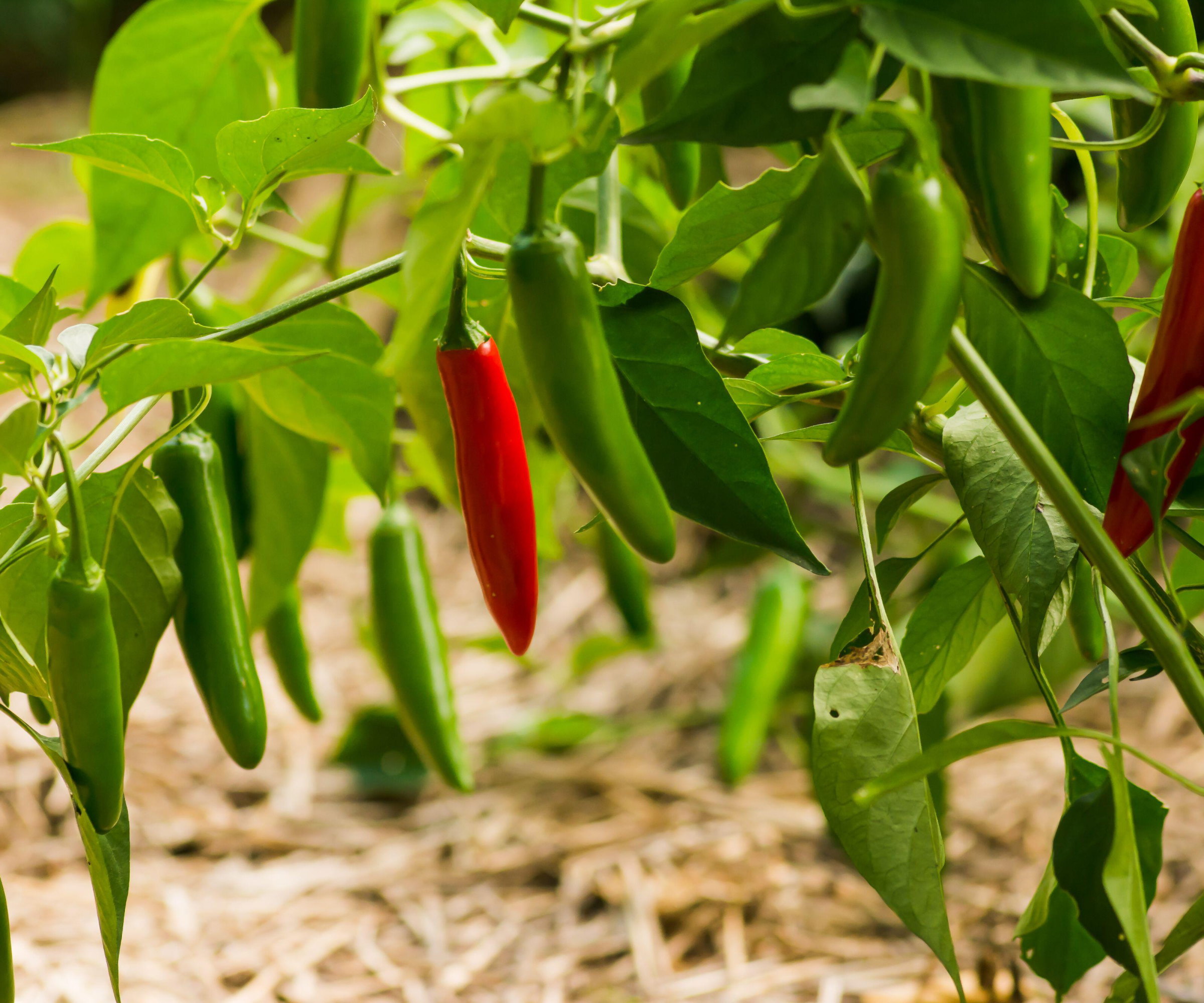
Serrano peppers take 70-90 days to go from planting to harvesting. In the same way as picking cayenne peppers or harvesting jalapeno peppers, the signs of ripe peppers are the size and the color of the fruits.
Rebecca Sears recommends beginning to harvest serranos once they’re 'firm, shiny, and about 3 to 4 inches long'.
'Most people pick them when they’re green, but if you leave them on the plant, they’ll ripen to red, orange, or even brown,' she adds. 'The flavor deepens a bit with color, so it depends on what kind of heat and taste you’re after.' So, if you want to grow hotter peppers, wait for the deeper color to develop.
Regularly harvesting serrano peppers encourages the plant to develop more fruits. When you do pick the fruits, gently snip them from the stem with a pair of pruning shears, gardening snips, or scissors. Do not rip the peppers from the plant, which could be a harvesting mistake that damages the plant.
How to grow serrano peppers in containers
You can grow serrano peppers in a container vegetable garden successfully, provided you can give them the space required to grow to maturity. Any container or grow bag needs to be at least five gallons in size, with holes in the bottom for drainage, and you can place one plant per five-gallon container.
Fill the container with a quality potting soil for container gardening, supplemented with a bit of compost, and place it in a sunny spot in the yard. Keep a close eye on watering plants in containers, as the soil dries out quicker in pots, and regularly fertilize the plants throughout the growing season.
FAQs
How many serrano peppers does one plant produce?
Serrano peppers are highly productive plants that are capable of growing up to 50 peppers a year
Do serrano peppers come back every year?
Serrano peppers are usually grown as annual plants, but can be perennials in warmer climates. If you want to overwinter pepper plants, bring them indoors for winter. Prune the pepper plant back and keep it somewhere warm and protected for the colder months, keeping a close eye to prevent it drying out, before putting it back outside once the temperature rises again in spring.
If spicy peppers aren’t your thing, then maybe you should consider growing shishito peppers. These mild heirloom Japanese peppers are easy to grow and register much lower than serrano peppers, at 50 to 200 Scoville heat units.
Our guide to how to grow shishito peppers tells you all you need to know about cultivating them, from sowing to harvest and everything in between.
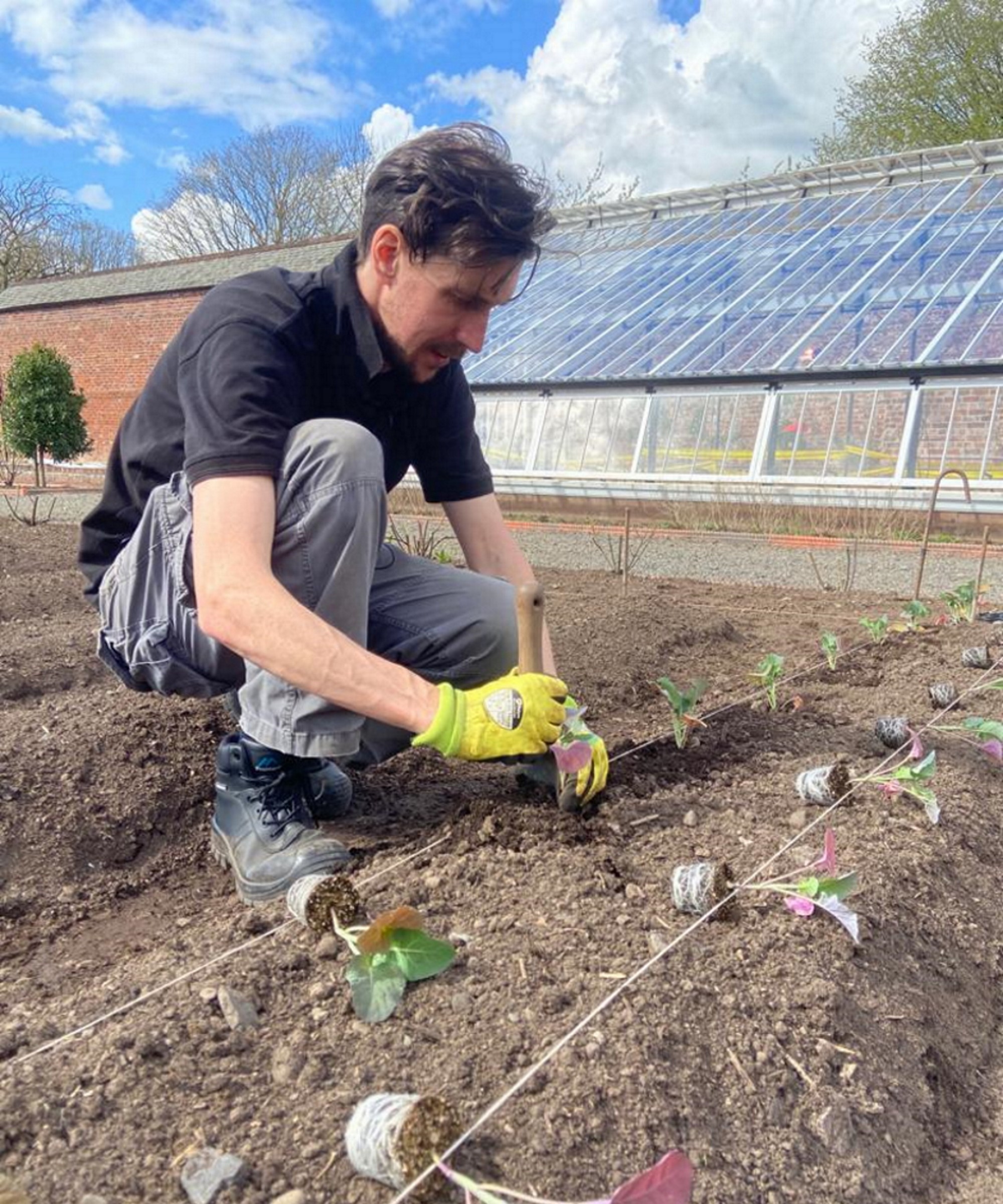
Drew has worked as a writer since 2008 and was also a professional gardener for many years. As a trained horticulturist, he worked in prestigious historic gardens, including Hanbury Hall and the world-famous Hidcote Manor Garden. He also spent time as a specialist kitchen gardener at Soho Farmhouse and Netherby Hall, where he grew vegetables, fruit, herbs, and cut flowers for restaurants. Drew has written for numerous print and online publications and is an allotment holder and garden blogger. He is shortlisted for the Digital Gardening Writer of the Year at the 2025 Garden Media Guild Awards.
You must confirm your public display name before commenting
Please logout and then login again, you will then be prompted to enter your display name.
